(LĐ online) - Truong Son Road - Ho Chi Minh Road is the road connecting North and South, expressing the aspiration for national unification, a historical feat of the Vietnamese people in the long march against America.
Military historian Jacques c. Despuech once commented: “The entire Ho Chi Minh trail that people talk about today is the summation of centuries of struggle and oppression. That trail has a strong vitality because it symbolizes the fighting power of an entire nation.”
 |
| Truong Son troops transported troops, weapons, and food from the North to support the liberation of the South. Photo courtesy of VNA |
• CONNECTING TRACES OF THE PAST
Since ancient times, connecting the North and the South by the "thien ly" road (almost the same as National Highway 1 today), there was another road mentioned, which was the "thuong dao" road. Since the time of King Le Dai Hanh, when he raised troops to attack Champa (in 982), he used this "thuong dao" road.
During the Tay Son period, Nguyen Hue used this road effectively to suppress the Nguyen lords in Dang Trong and Trinh lords in Dang Ngoai. He once used the road west of Quang Ngai and Quang Nam citadels to attack Phu Xuan citadel, surprising the Nguyen lords. From the Tay Son region, he followed the mountain forest path to the upper Nghe An to attack the Trinh lords. When the Siamese army attacked Gia Dinh, the Tay Son army opened a road across the mountains to enter Phu Yen, Khanh Hoa, Gia Dinh, etc.
After 1945, the French colonialists returned to invade Vietnam, occupying many points on Highway 1. Finding a North-South route to replace the old one became necessary.
Mr. Ngo Tan Nhon - Minister of Agriculture, Mr. Ca Van Thinh - Acting Minister of Education, along with Dr. Tran Huu Nghiep and Dr. Nguyen Thien Thanh volunteered to go to the South to participate in directing the resistance in the South. On the way to the South, they brought many documents, money, gold... to build the resistance apparatus in the South, but they could only travel a short distance from Hanoi to Ha Tinh, then had to walk, thanks to the local people "guide" along the "upper road" Truong Son to move to Quang Ngai, a journey that took more than a month.
Because Quang Ngai was a revolutionary controlled area, the group traveled by train to Phu Yen. From Phu Yen, the group continued to cross Truong Son and it took 1 month and 10 days to reach the South.
Then, the delegation of Mr. Nguyen Duy Trinh - Chairman and Secretary of the Inter-Zone V Party Committee (South Central Coast), carrying money and medicine from Vinh also followed the Truong Son mountain range to the South.
After two extremely arduous trips, sometimes climbing passes, sometimes wading, sometimes clearing land, sometimes using boats... with many dangers, tigers, leopards... lurking. The delegations of Mr. Ngo Tan Nhon and Mr. Nguyen Duy Trinh really opened the road from the North along Truong Son to the South Central Coast and to the bases of the Southern resistance.
During the resistance war against the French, many groups continued to follow this route to the North and South. According to Mr. Vo Van Kiet, he attended the 2nd Party Congress in Tuyen Quang (1951), and it took him a whole year to walk from Tuyen Quang to Bac Lieu because he had to stop along the way to get food and medicine.
 |
| Ho Chi Minh Trail through the Central Highlands provinces. Photo: Archive |
• HO CHI MINH TRAIL - THE DESIRE FOR "NORTH AND SOUTH TO REUNITE AS ONE HOME"
After the Geneva Accords (1954), the Truong Son trail was forgotten for a while. However, in the face of the plot to break the Accords by the US and the Ngo Dinh Diem government, when they wanted to turn the South into a new type of American colony. After the 15th Central Party Conference (January 1959), with the determination that "no matter how much sacrifice we have to make, even if we have to burn the Truong Son mountain range, we must resolutely gain independence". Our Party clearly stated: "The South is the great front line, the North is the great rear", so the North must provide human and material support for the South to fight.
On May 19, 1959, the Central Military Commission decided to establish a special military group (later Group 559) with the task of opening the Truong Son road to the South, reconnecting existing routes, to support human and material resources from the North to the southern front.
It was also from here that the legendary Truong Son road - Ho Chi Minh road was formed, becoming an important traffic "blood vessel", contributing to the great victory of the Vietnamese revolution in the resistance war against the US, unifying the country.
During nearly 6,000 days (May 19, 1959 - April 30, 1975), with the determination: "Fight the enemy to advance, open the way to go", the Truong Son road was constantly consolidated and expanded, forming a complete transportation network, becoming the "backbone" of the Indochina peninsula. The route passed through 20 provinces in all 3 countries, with 216 roads, a total length of more than 20,000 km radiating to battlefields in Vietnam, Laos and Cambodia, creating a sustainable transportation system.
During those 6,000 days, the road “carried” more than one million tons of weapons and equipment to the South, and more than two million people to the battlefields. And, that same road endured nearly four million tons of bombs, millions of liters of toxic chemicals, the McNamara Electronic Fence with all kinds of smart mines, the “Igloo White” automatic reconnaissance system with nearly 100 types of electronic devices called “hidden detectives”, “road guards” that the US dropped in the middle of the Truong Son mountain range…
In a shortage of all kinds, from weapons to food, medicine..., tens of thousands of people have fallen... but with the spirit: "Splitting Truong Son to save the country/ With hearts filled with hope for the future" (poem by To Huu), we have not only maintained but also expanded and perfected this vital road.
In Le Figaro (1971), a French journalist commented: “The Ho Chi Minh Trail became a myth in Indochina, the trail itself decided peace or war. The strongest army in the world could do nothing to this trail. The giant B52 plane bombed the Ho Chi Minh Trail to destroy it, but it still exists, like a hundred-headed snake that always grows back.”
Gabriel Kolko, an American historian, wrote in Anatomy of War: “The Ho Chi Minh Trail is a miraculous product of human talent, patience, and boundless sacrifice.”
Talking about the Ho Chi Minh Trail, General Secretary Le Duan proudly said: “The Truong Son Trail is a brilliant feat in the history of our nation’s resistance war against the US to save the country. The Truong Son Trail is a path of determination to win, of courage, of heroic spirit. It is the road connecting the South and the North, the road uniting the peoples of the three Indochinese countries.”
It can be said that the Truong Son road is the realization of President Ho Chi Minh's determination: "Our Fatherland will definitely be unified. Compatriots from the North and the South will definitely be reunited under one roof". At the same time, the road is also an embodiment of the burning desire for national independence and national unification of the entire Vietnamese people.
Up to now, the supply route to the South at that time, now the Ho Chi Minh trail, is expected to be about 3,000 km long, passing through 30 provinces and cities and is being expanded, stretching from Cao Bang to Ca Mau. This strategic route parallels National Highway 1A, gradually completing the transportation network, strengthening close connections between the three regions of North - Central - South, helping to develop the economy, security and defense in the West of the country.
On the 65th anniversary of the opening of Truong Son Road, we would like to thank the heroes and martyrs who fell on the legendary road for national independence and national unity. The 65th anniversary of the opening of Truong Son Road reminds us of: “Ten thousand pairs of shoulders once carried Truong Son/ Ten thousand pairs of hands opened the forest and tore the mountains”… and there are still “Ten thousand remains have not returned to the incense smoke/ Ten thousand lonely lies in the deserted land/ Ten thousand lonely wandering the forest paths” (poem by Nguyen Huu Quy), to remind ourselves in the work of building and developing the country today.
Source



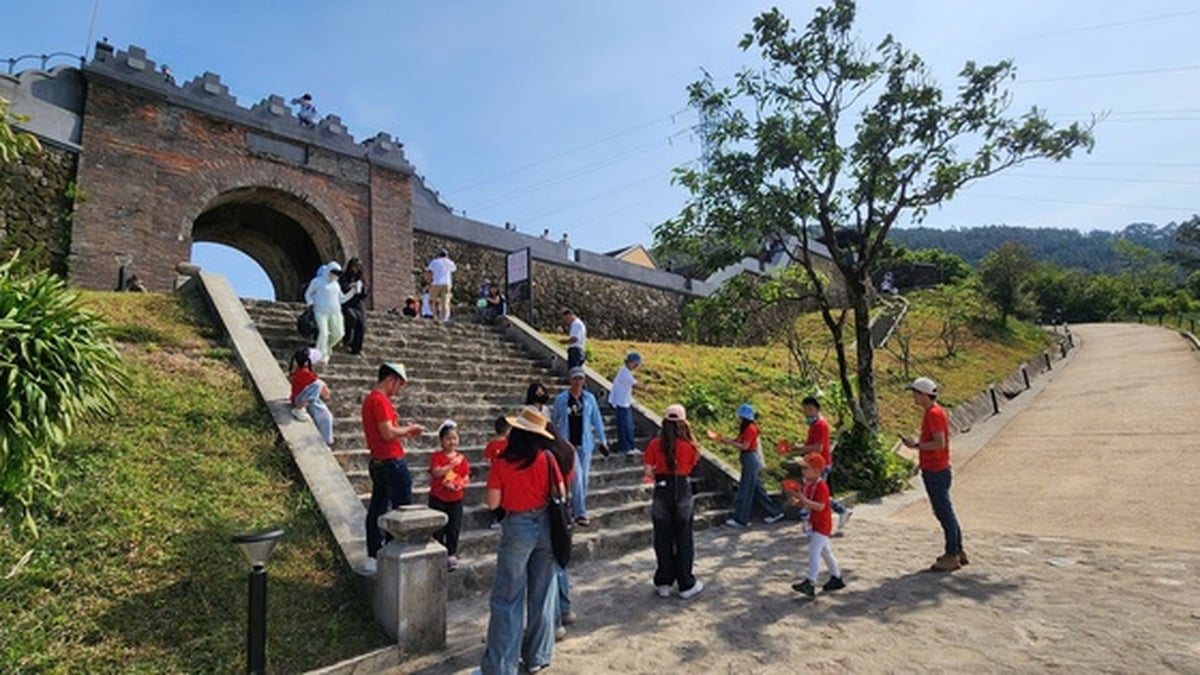
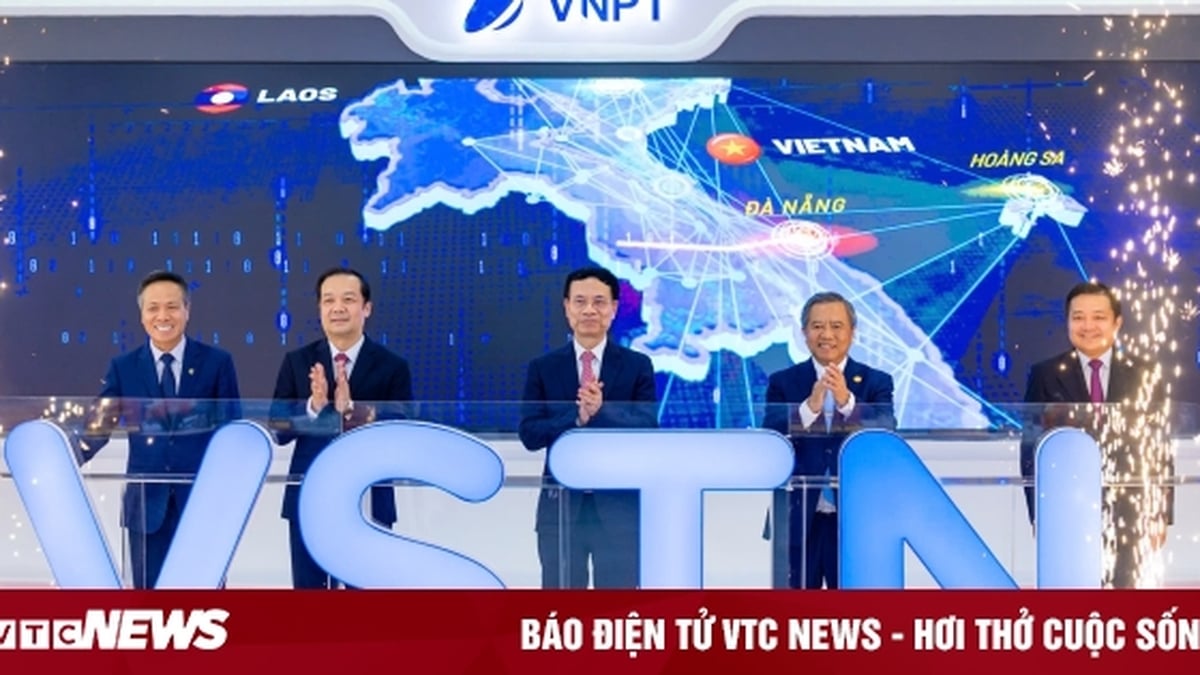


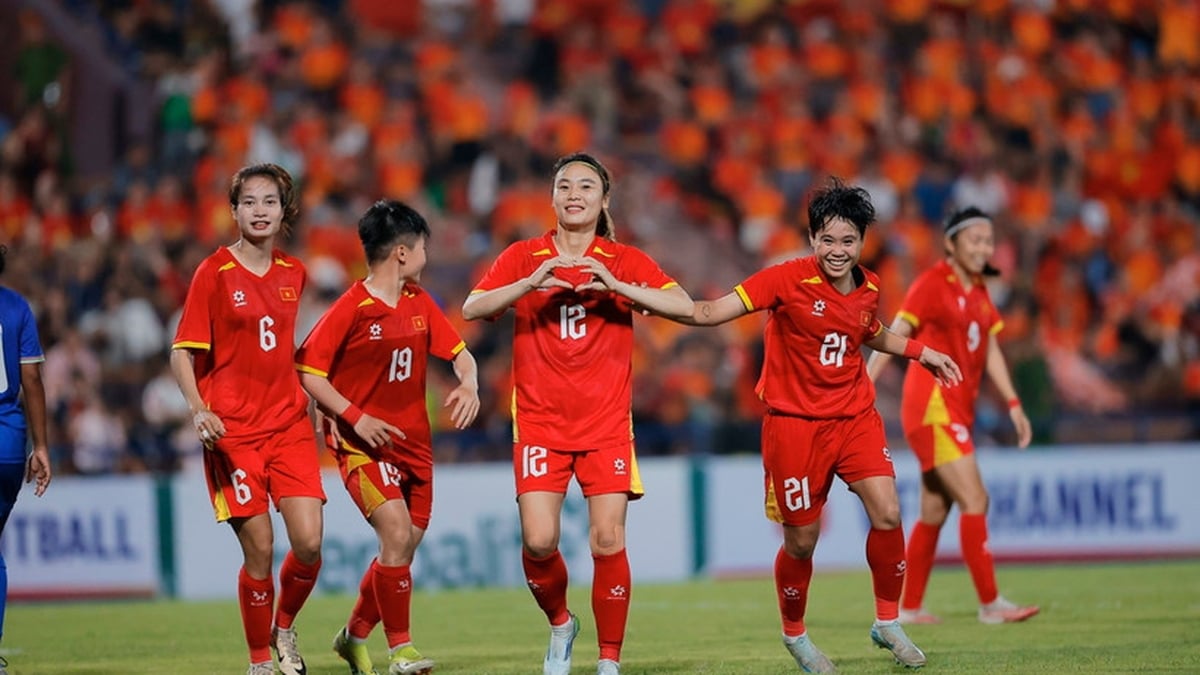
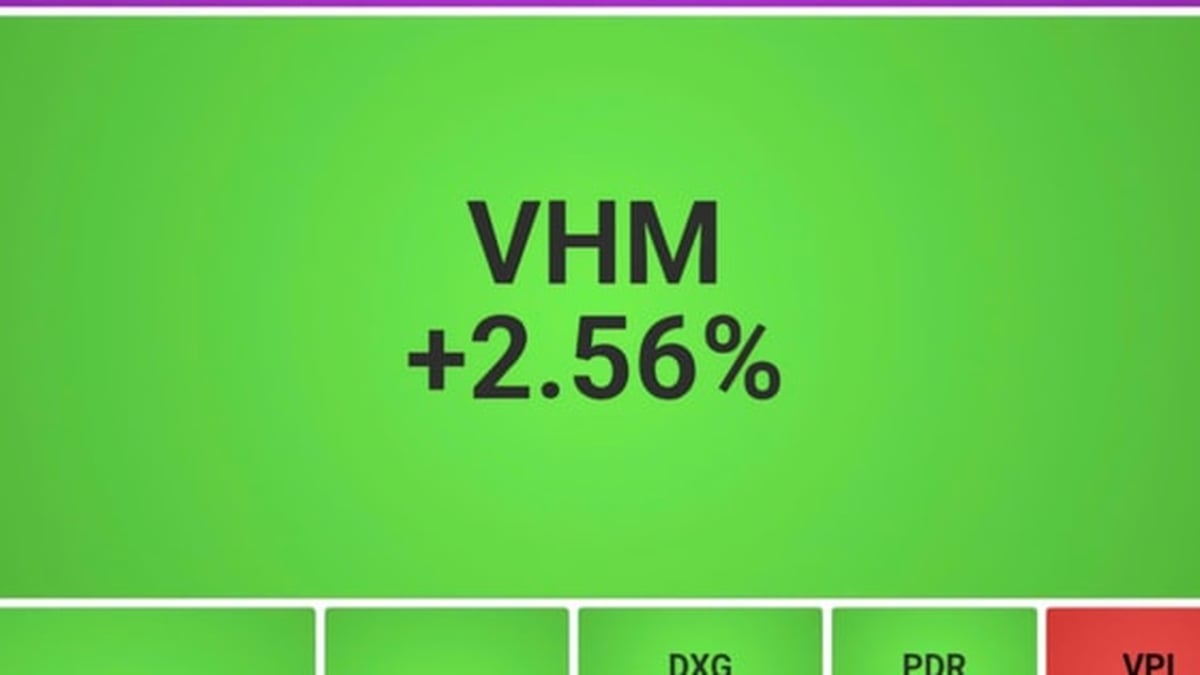
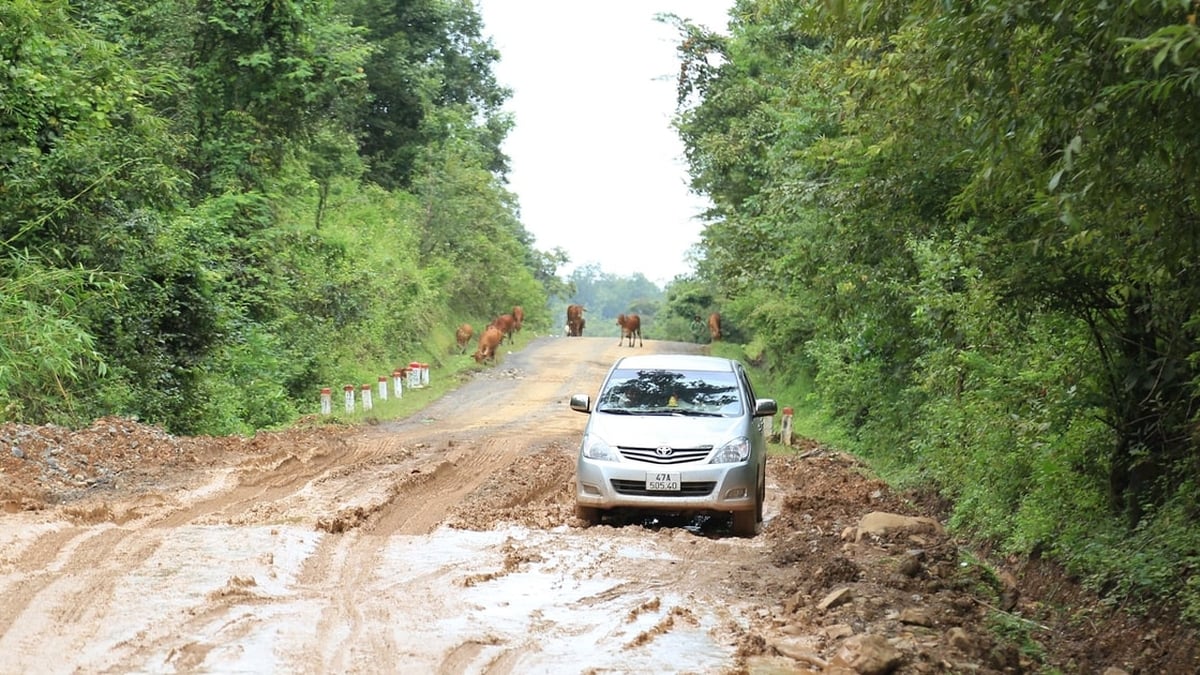















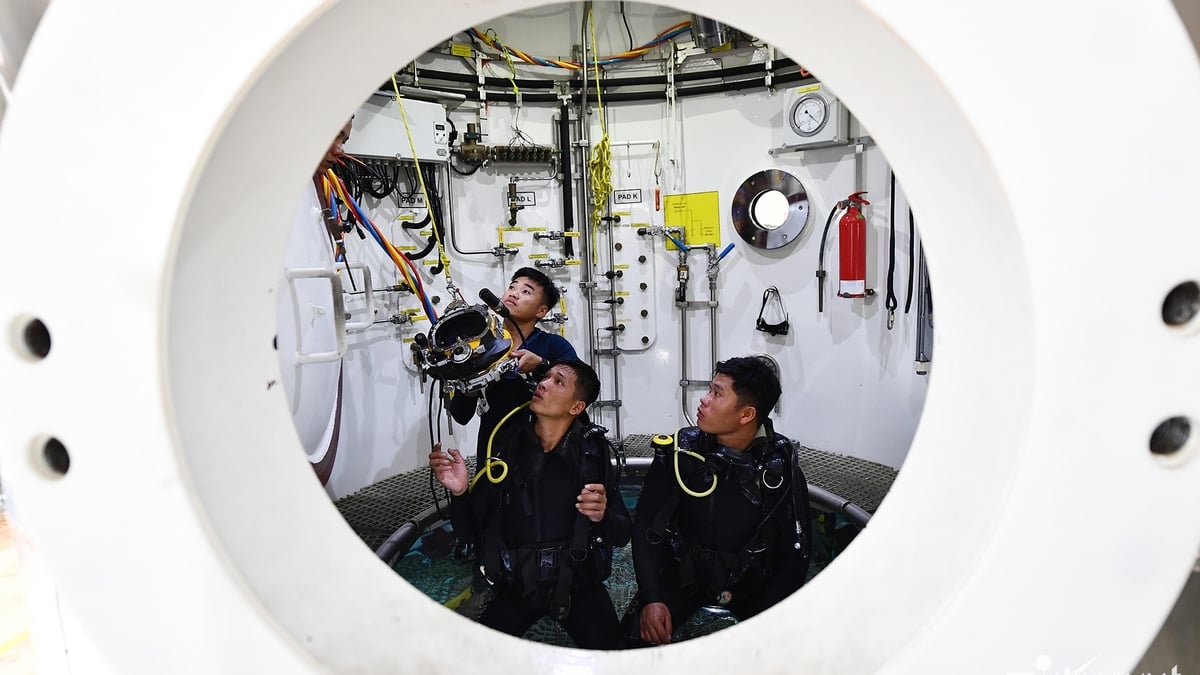




















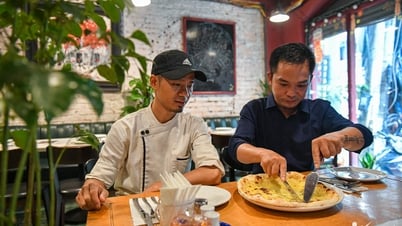



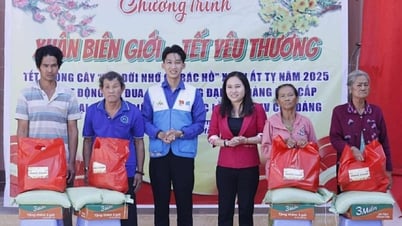




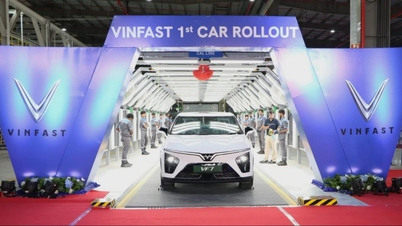

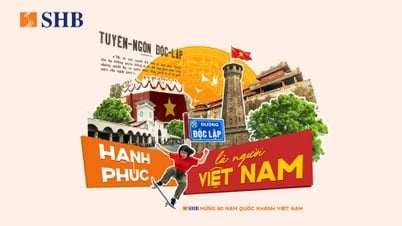
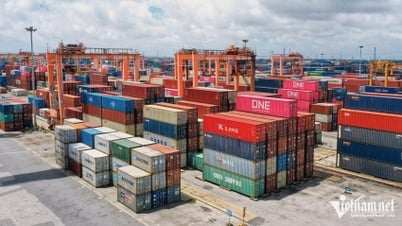


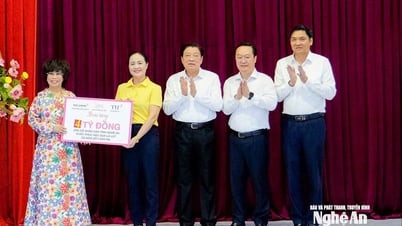




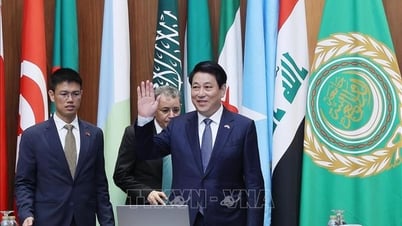



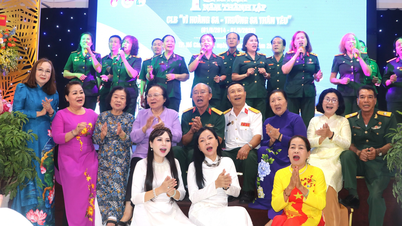
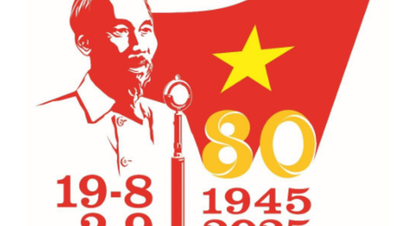

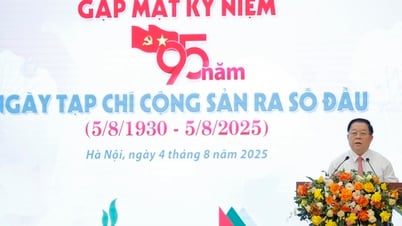


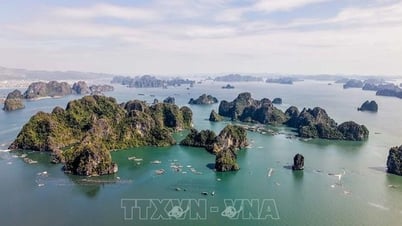
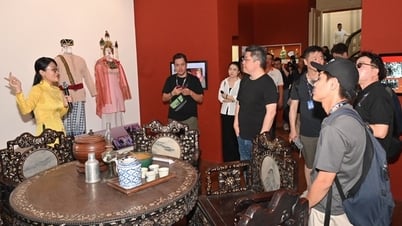



















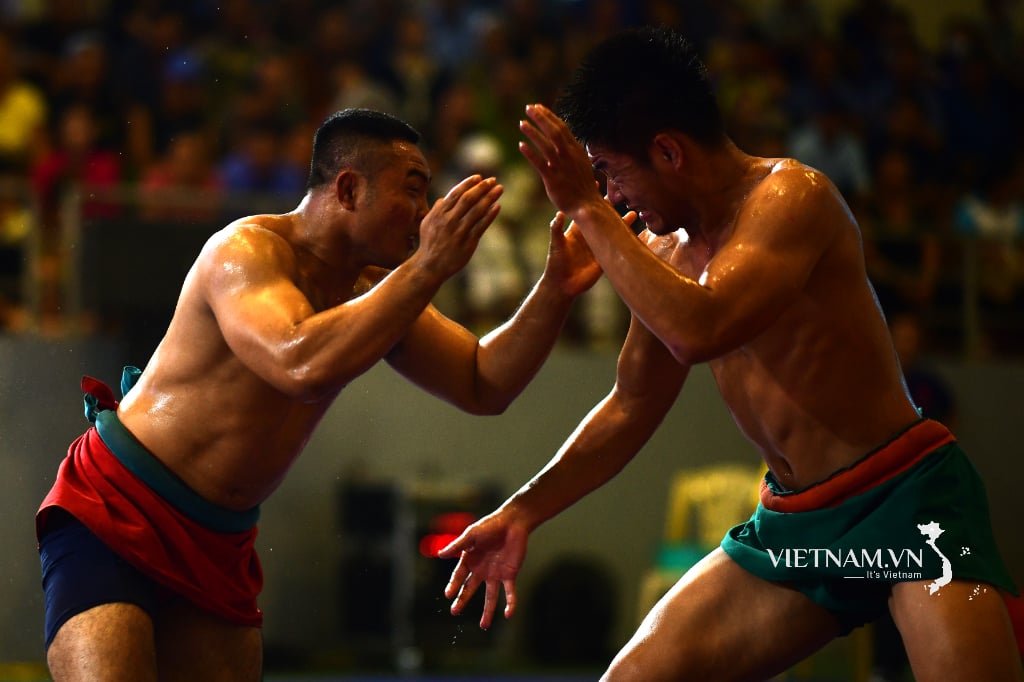

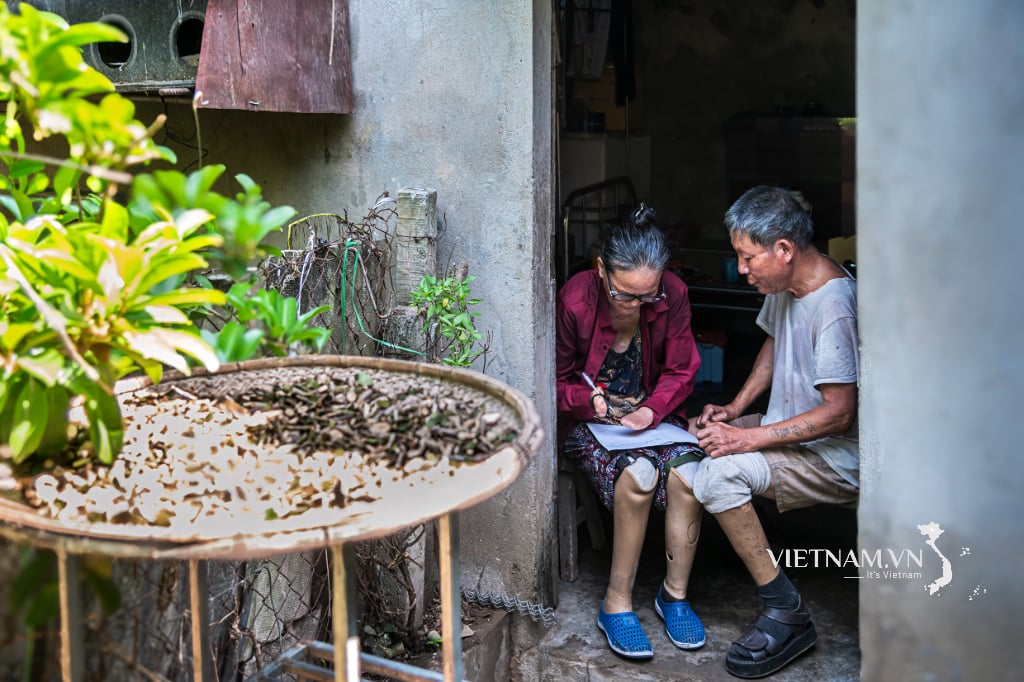
Comment (0)